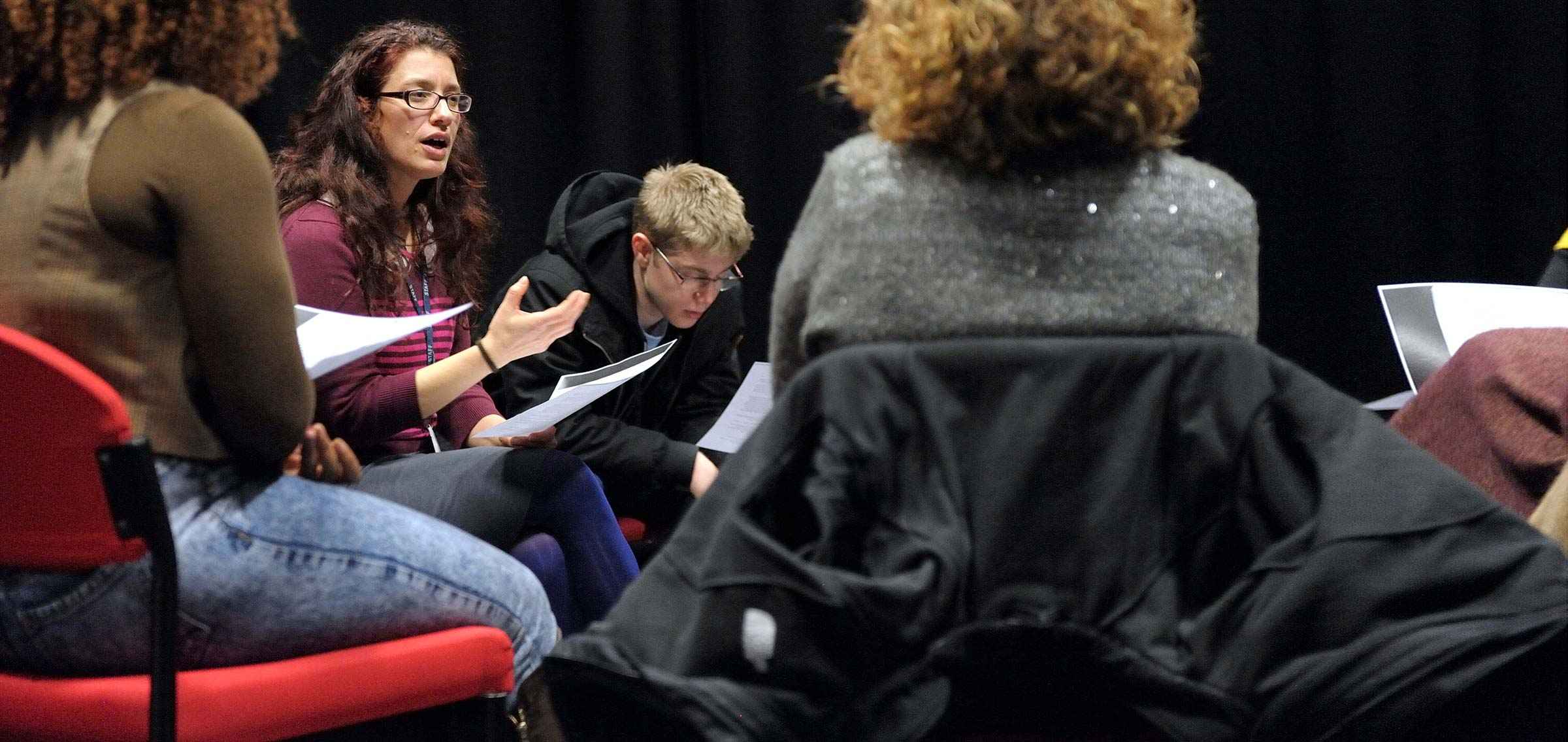Staff at Kingston University
Faculty of Engineering, Computing and the Environment
School of Built Environment and Geography
- Department of Civil Engineering, Surveying and Construction Management
- Department of Geography, Geology and the Environment
School of Computer Science and Mathematics
School of Engineering
School of Engineering and the Environment
Faculty of Health, Science, Social Care and Education
Centre for Health and Social Care Research
Centre for Public Engagement
School of Education, Midwifery and Social Work
School of Life Sciences, Pharmacy and Chemistry
- Department of Applied and Human Sciences
- Department of Biomolecular Sciences
- Department of Chemical and Pharmaceutical Sciences
- Department of Pharmacy
School of Nursing, Allied and Public Health
Kingston School of Art
School of Arts
- Department of Architecture and Landscape
- Department of Film and Photography
- Department of Fine Art
- Department of Performing Arts
School of Creative and Cultural Industries
- Department of Creative Industries
- Department of Critical and Historical Studies
- Department of Foundation Studies
- Department of Humanities
- Department of Journalism, Publishing and Media


